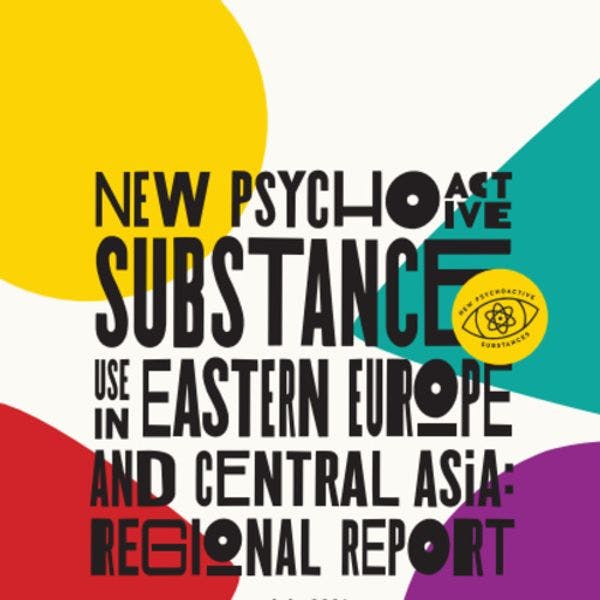Nuevas sustancias psicoactivas en el Este de Europa y Asia Central: Reporte regional
EHRA ofrece una vista de conjunto de los mercados de las NSP en la región, hace un inventario de las provisiones de salud, y subraya tareas pendientes y como subsanarlas. Más información, en inglés, está disponible abajo.
By Daan van der Gouwe (Trimbos Institute) / EHRA
This report draws on a study conducted by the School of Law, Swansea University, in collaboration with the Eurasian Harm Reduction Association (EHRA).1 Within the framework of this project, 8 country reports were drafted, targeting the use of new psychoactive substances (NPS) in Belarus, Estonia, Georgia, Kazakhstan, Kyrgyzstan, Lithuania, Moldova, and Serbia. The assignment was undertaken to generate a more accurate picture of the use of NPS in these countries. For this study, two sources were used: (1) desk research of available literature and (2) additional structured interviews and focus groups with key respondents.
Throughout the Eastern Europe and Central Asia (EECA) region, the use and variety of NPS are relevant issues, although the nature and extent differ among the EECA countries and subregions, with better awareness of their presence among health professionals and people who use drugs. Synthetic cannabinoids and synthetic cathinones are predominant groups of NPS and widely available, whereas synthetic opioids seem to be more present in Estonia and Lithuania. Among people who use NPS, there are two key populations: those who have more experience with use of drugs, who have shifted to the use of NPS for a variety of reasons, and young people with no previous history of drug use. Drivers for use of NPS include the unavailability of drugs of choice, context-driven motives, as many NPS are not detected in blood and urine, and the aggressive marketing of NPS throughout the EECA region. NPS are marketed on social media channels, but also on public walls in many cities. A main risk of NPS is the absence of (chemical) analysis: that is, you do not know what you are actually consuming. Other health-related risks include mental health issues and increased risk of transmission of human immunodeficiency virus (HIV) and hepatitis C virus (HCV) caused by unsafe use (mainly by injections), often combined with unsafe sex. So far, in the EECA region, no specific treatments are available for people with NPS dependency issues, as the focus has remained on traditional drugs, in particular opioid use. Similarly, harm reduction services are mostly not equipped to address the need of people who use NPS. In the EECA region, data-driven and science-based publications on NPS are almost non-existent.
To better address the phenomenon of NPS in the EECA region, recommendations include the following:
- implement a pilot program to check consumer drug samples (drug checking);
- establish a regional Early Warning System (EWS) for NPS, similar to the EWS for the European Monitoring Centre for Drugs and Drug Addiction (EMCDDA);
- develop and disseminate evidence-based, comprehensive information on NPS, including their risks and a suggested action for those overdosing on NPS;
- scale-up harm reduction services to meet the needs of people who use NPS, to address the emerging and potentially very risky unsafe drug use and unsafe sexual practices in various chemsex scenes (for example, men having sex with men and young people communities); and,
- implement measures to address the aggressive marketing of NPS in public spheres and via social media
The time of governments to bury their heads in the sand, hoping this phenomenon would disappear one day, is behind us. NPS are here to stay, and immediate action is urged to address NPS, in particular the needs of people who use NPS.
